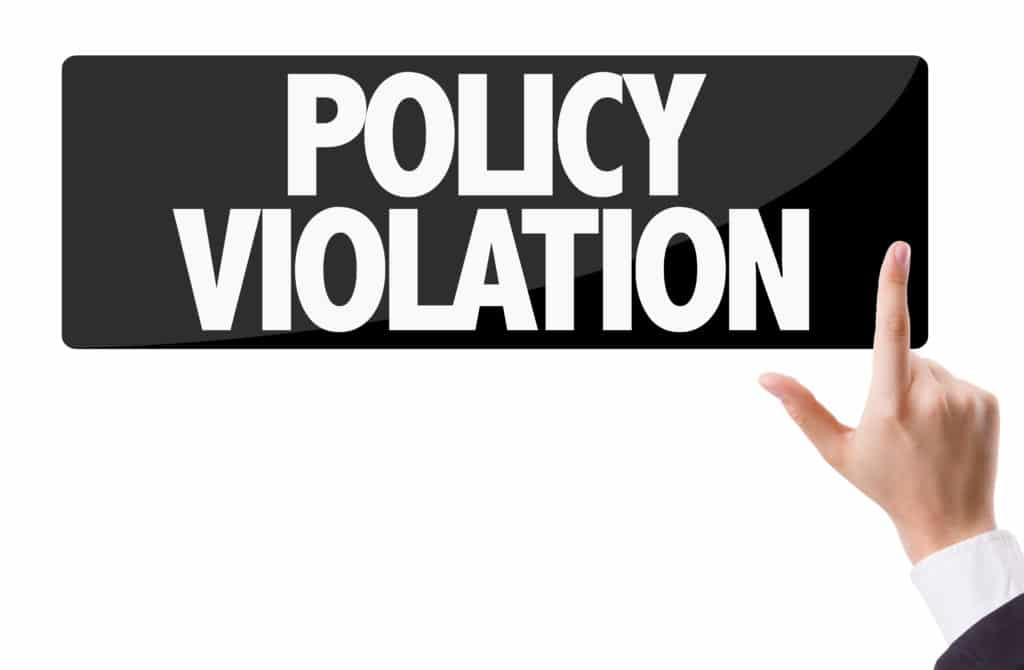
CPA Client Interviews: Four Keys
By Charles Hall | Auditing
Today we talk about four keys to better CPA client interviews.
Many times I have interviewed accounting staff and walked away thinking, “I have no idea what they just said to me.” Do you ever have this problem? If yes, this article is for you. Below I provide four keys to better client interviews.
In my early years–fresh out of college–I would think: “I must be stupid. It’s obvious, he understands what he just said, but I don’t.” Often my anxiety would increase when I realized the interviewee (e.g, accounts payable clerk) had no college degree (and me, a masters in accounting).
Reasons We Don’t Understand
After years of performing client interviews, I realized that I wasn’t dense (at least, not as much as I thought), and that I was encountering what The Art of Explanation calls, the “curse of knowledge.”
What is the “curse of knowledge?” It’s when someone knows a subject very well, and, consequently, has a difficult time imagining what it is like to not know it. I was experiencing the “curse of knowledge.” Those I interviewed thought I knew what they knew. As a result, they left out details.
Also, those I interviewed had years of experience doing the same job day after day. Of course they understood what they did. But I had less than an hour, in many cases, to grasp their duties.
Additionally, those I interviewed used a language unique to their office, and I, mistakenly, tried to use a different language—one I had learned in college. The result: we did not understand one another. So how can I communicate and comprehend better?
Here are four CPA client interview ideas guaranteed to to help.
Four Keys to CPA Client Interviews
1. Pay attention to their language and use it.
If they call it a thingy, then I call it a thingy.
2. Seek understanding more than trying to impress.
I often want to impress more than I desire to understand. The remedy: Admit (maybe even out loud) I don’t know everything.
I tell the clerk, “Treat me like I don’t know anything. I’ve never been here, so I need your help in understanding what you do.”
To higher level personnel (e.g., CFO), I might say, “I have worked in this industry for fifteen years, but I need your help to understand how you guys operate.”
3. Repeat what is said to you.
For example, “May I repeat what you just said to make sure I understand? ‘The thingy is created once per week on Mondays to ensure that total receipts agree with deposits.’”
4. Use your cell phone to take pictures and to record parts of the interview.
Just last week, I reviewed a complex accounting system (for about three hours). As I did so, I used my cell phone Evernote app to take pictures of computer screens and printed reports. I also used the app to record parts of the conversation. Later, I summarized the conversation in memo form (complete with pictures).
Scanbot is another useful iPhone app if you take pictures of client information. By using your phone to take pictures, you can leave your physical scanner in your office.
Your CPA Client Interview Ideas
Have I left out any key interviewing ideas? Please share your thoughts.
Check out my series of articles about auditing.





